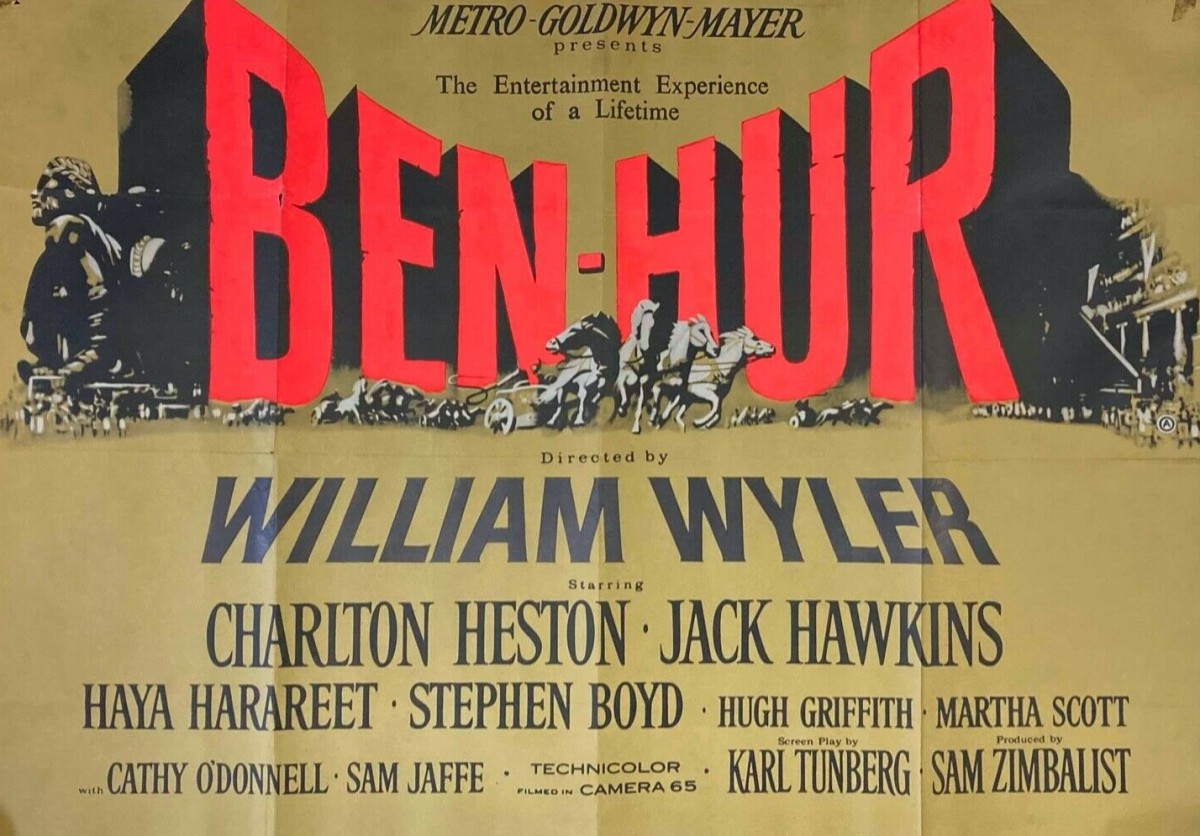Another triumphant entry in the casebook of Benoit Blanc, self-style world’s greatest detective and easily the most flamboyant in the genre since Hercule Poirot. Writer-director Rian Johnson’s invention offered Daniel Craig an immediate opportunity to shed the typecasting curse of James Bond and the actor rises splendidly again to the occasion, some hints of his inner life offered, signs of depression and a cameo by Hugh Grant as flatmate, helpmate, whatmate.
But in the main it’s another twisty picture that plays with audience expectation even though, if only we were as clever as its creator, the truth is in plain sight, beginning with the title.

You have to peel through layer upon layer of an ordinary onion, but a glass onion you can see straight through. It would not occur to the audience, lured by mystery, arriving with a different sort of anticipation, counting on this glass onion to be a mere architectural folly atop a majestic building on a remote island off the cost of Greece, that everything could be actually straightforward and that the need for complicated crime is a figment of our own imagination.
There’s only one twist you may guess and the movie certainly takes a while to spark into life as we are introduced to a variety of unlikeable characters, ideal candidates you might think to be a victim, through the device of them all receiving an extremely puzzling puzzle in an apparently impenetrable wooden box.
Right from the get-go, the audience is sucked in. Are they the type of people who are determined to solve the riddle, with endless patience, or in collaborative effort expend energy and time on a fiendish enigma that seems to change shape every few minutes, layer by layer like a veritable onion? Or do we just work out that a box made of wood ain’t going to have no defence against something as simple as a hammer?
Anyway, enough with the philosophizing and on with the show. During Covid a bunch of disparate characters with no connection except a link to billionaire Miles (Edward Norton) are invited for a murder mystery weekend to his island home. Miles, being the show-off to top all show-offs, has invited Benoit on the basis that his mystery will fox the detective, score one for an uber-clever magnate.
He is so unbelievably wealthy and ridiculously endowed with genius from thinking outside the box that he has managed to secure a loan of the Mona Lisa painting from the Louvre in Paris, paid through the nose for it of course, taking advantage of the museum’s lack of income from the paying tourists, Covid having dried up that moneywell. The artwork will form the centerpiece of his cleverness as he presents to a posse of investors later on his newest invention, Klear, an idea that, however dangerous and untested, will solve the world’s energy supply problems.
Anyway, Benoit is way too smart for him and solves the murder mystery in a trice, only for there, as you might have expected, to be another real murder or two, leaving the private eye with the unusual accent a classic closed room mystery.
Under suspicion are Miles himself of course, plus one-time model turned fashion designer Birdie Jay (Kate Hudson), the dumbest cluck in the coop, aspiring politician Claire (Kathryn Hahn), Miles’ former business partner Andi (Janelle Monae), macho male Duke (Dave Bautista) and girlfriend Whiskey (Madeline Clyne), Miles’ sometime lover, scientist Lionel (Leslie Odom Jr) and Peg (Jessica Hanwick). What they share with Miles is vanity, an overweening sense of their own importance and entitlement.
Actually, one of them doesn’t qualify as a suspect because as you may have guessed that would be the victim. Two of them, since I’ve already kind of given away that there are two dead. Anyway, you’re not going to guess any of this since you’re all dupes to the infinite ingenuity of Rian Johnson.
Sure, the director takes pot-shots at the rich and the wannabe wealthy and the wannabes that trail along in their wake, but mostly he takes aim at the genre itself, turning the whole idea of the mystery picture on its head, that we expect something pretty intricate the moment we are presented with a movie puzzle, and motivation being the engine of all mystery start delving headlong into that morass without thinking the answer might be something a lot simpler.
Whatever Rian Johnson is doing he’s got the elan to carry it off. Sequels often disappoint. This won’t. Not quite the caliber of cast as Knives Out (2019) but that’s actually to the film’s advantage, no need for the star-stalking that afflicted the recent Death on the Nile (2022).
Thoroughly entertaining, ingenious and devious, what more could you ask for, apart from Netflix not having snapped up the golden goose, since this will be infinitely more enjoyable in the company of an audience responding en masse to the trickery, as I discovered when watching it on its brief foray to the cinema.
And there’s certainly a dichotomy here. What is the point of the Netflix sop to the movie theatre? Sure, it’s going to rack up a ton of reviews but they’re all going to be posted a month before the picture opens on Netflix rather than the weekend before. Anticipation may not last that long. Anyway, given all the turkeys Netflix has foisted on movie fans, this will be one Xmas when it delivers.
PS: Apologies for the goof on Behind the Scenes: “Bandolero.” That blog is coming on Saturday but I pressed the wrong button and sometimes when you press the wrong button there’s just no going back.



























